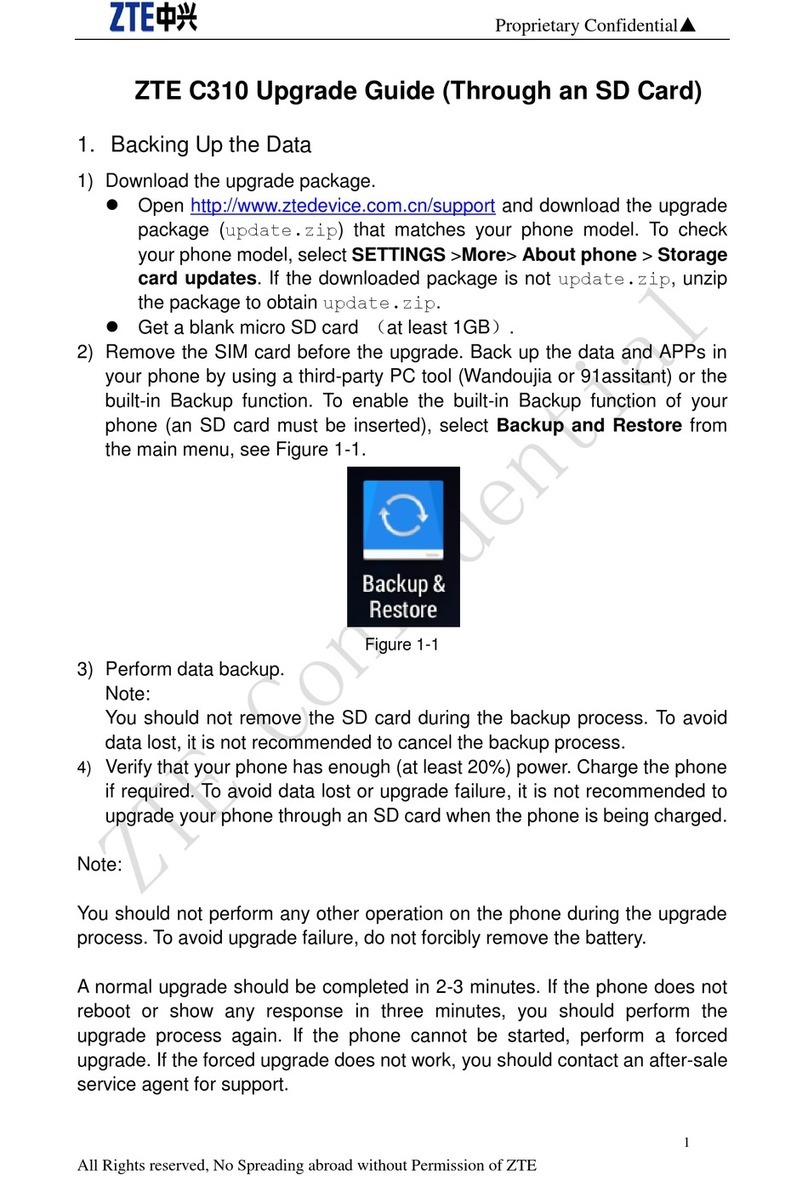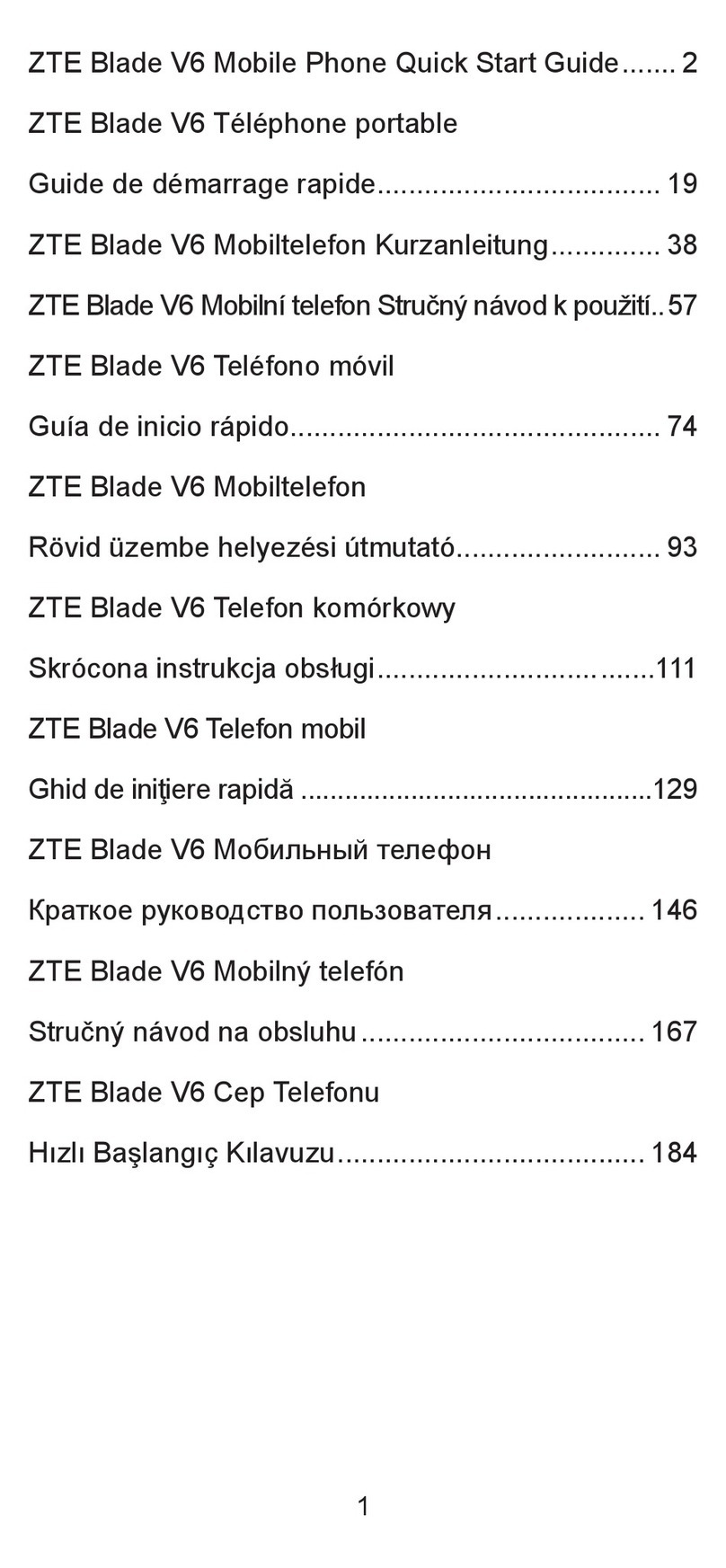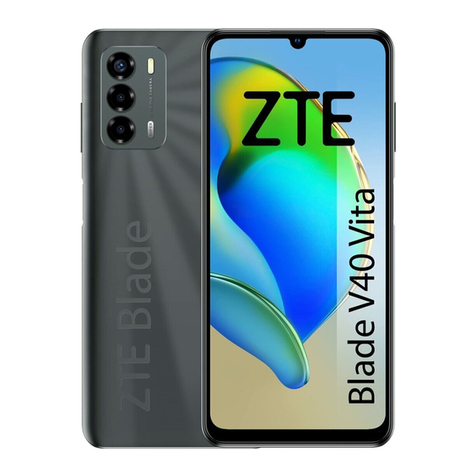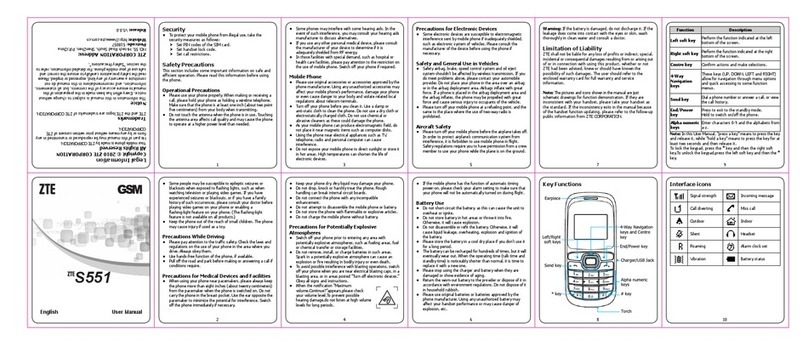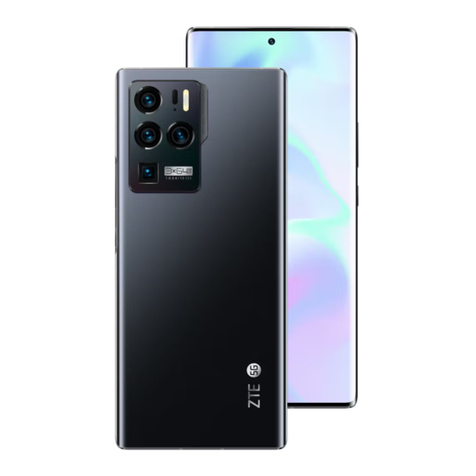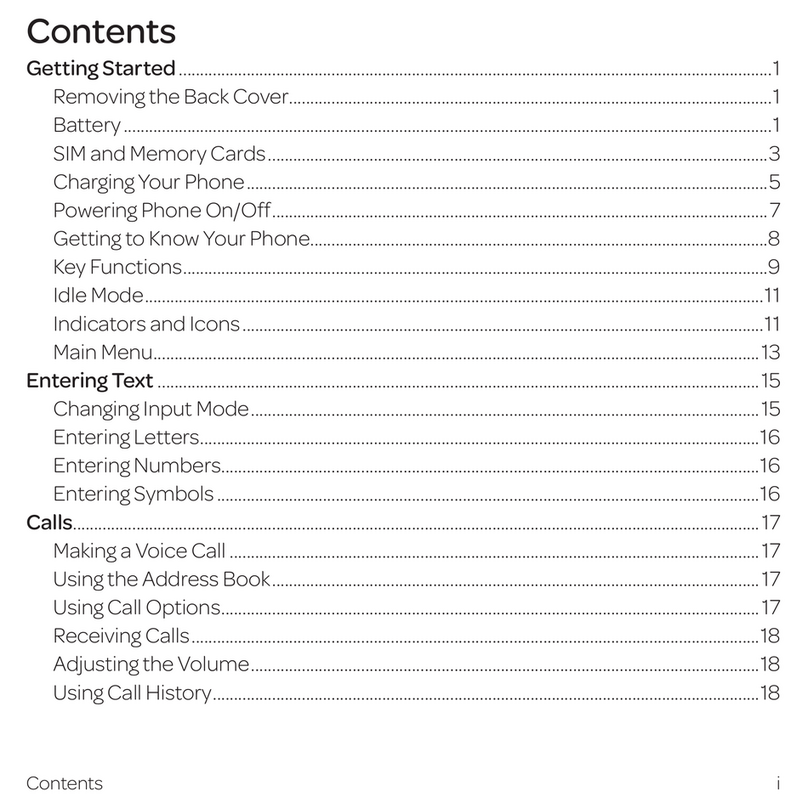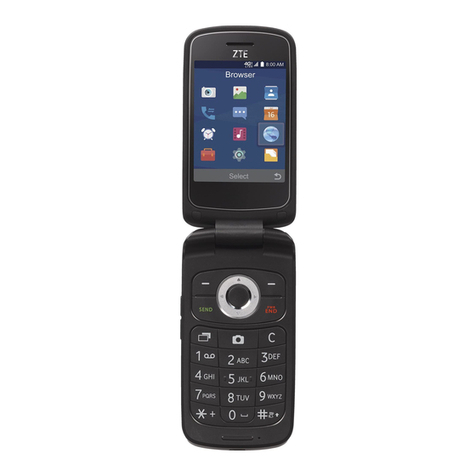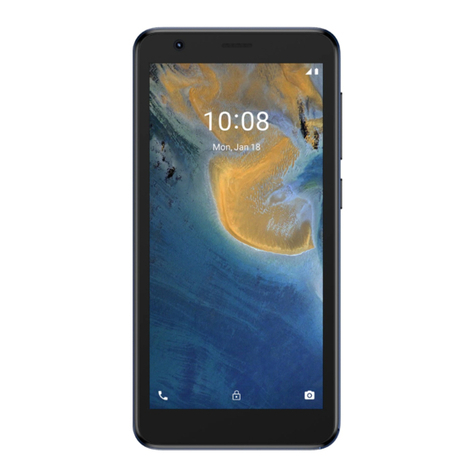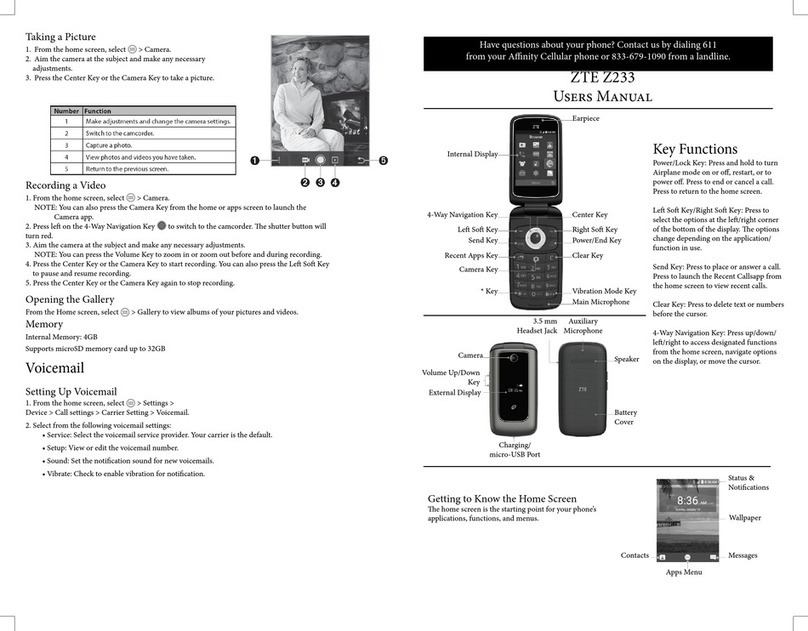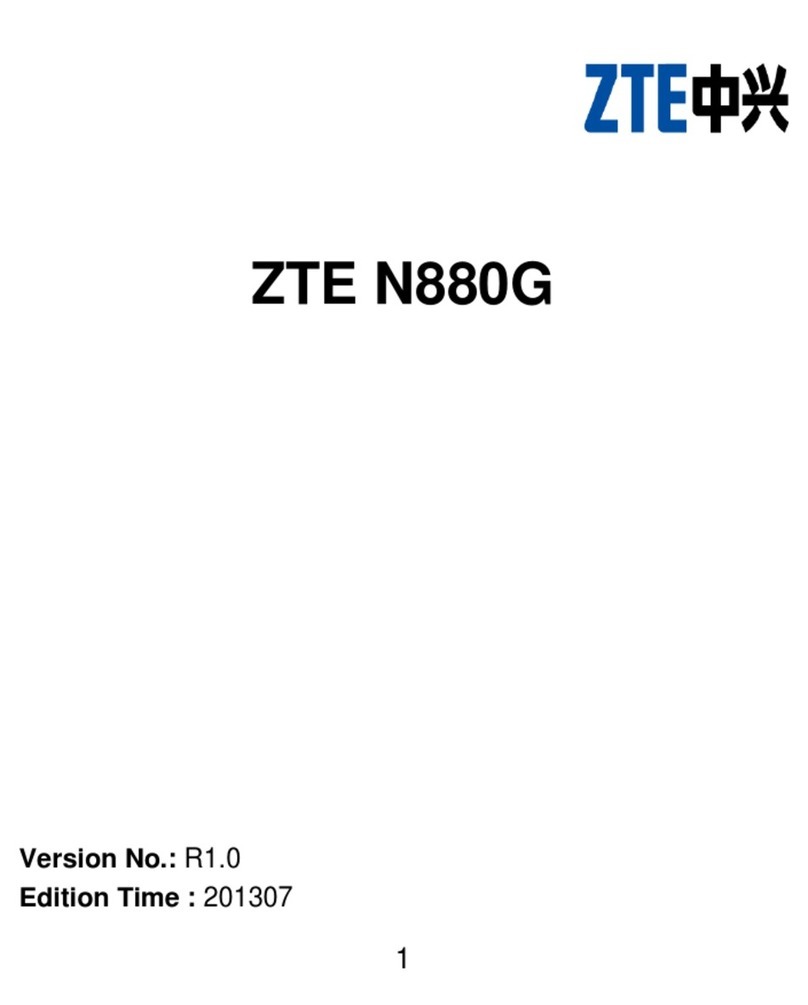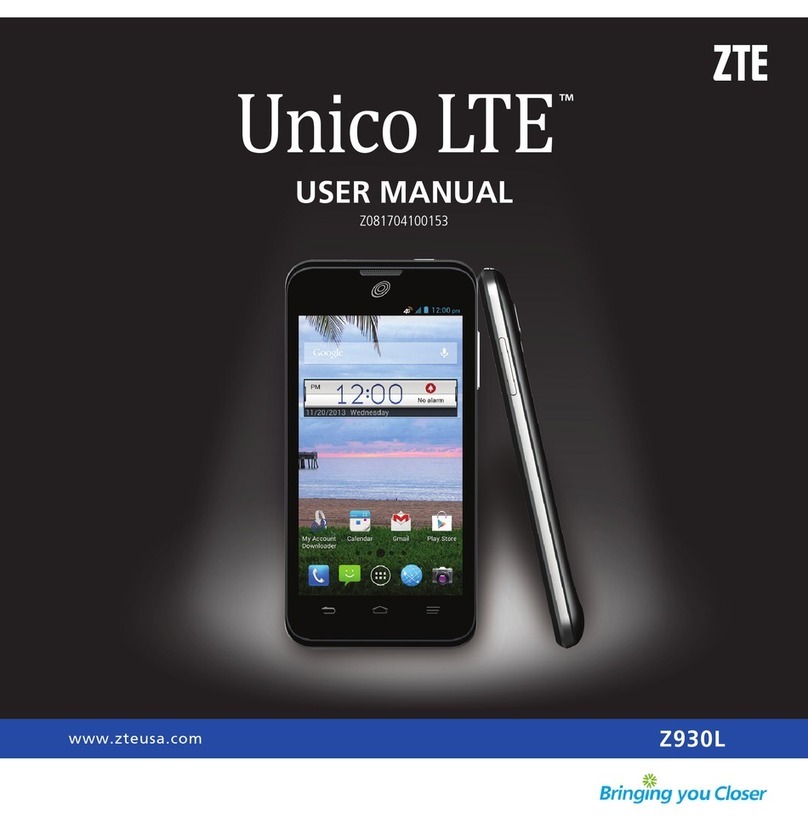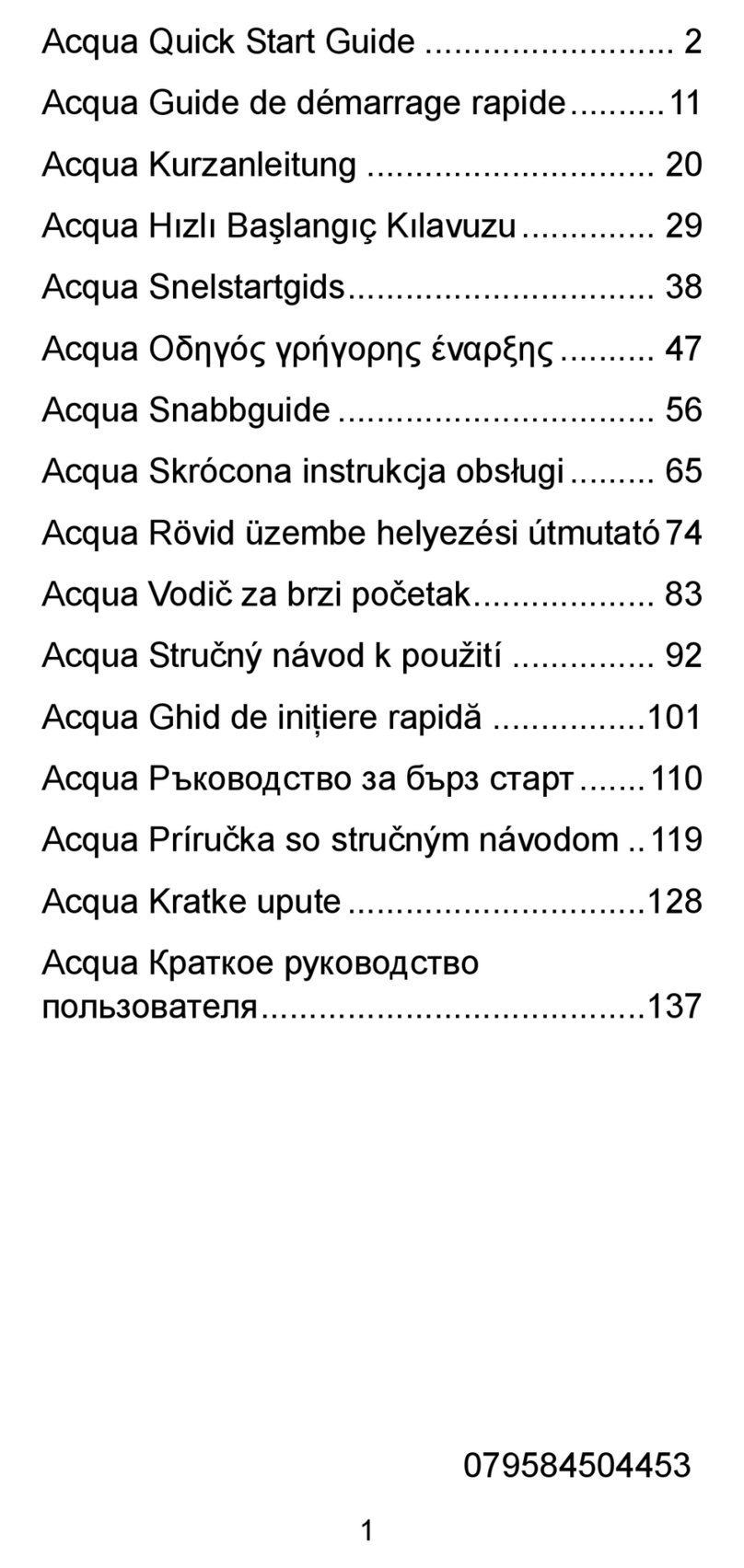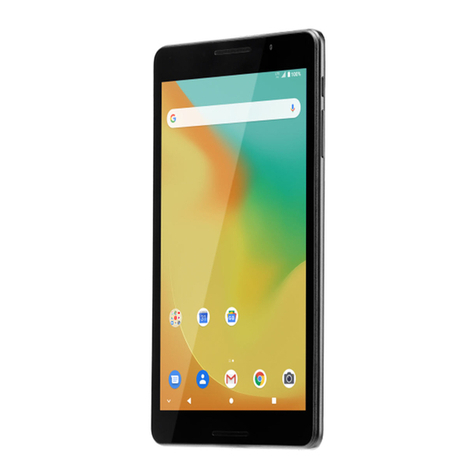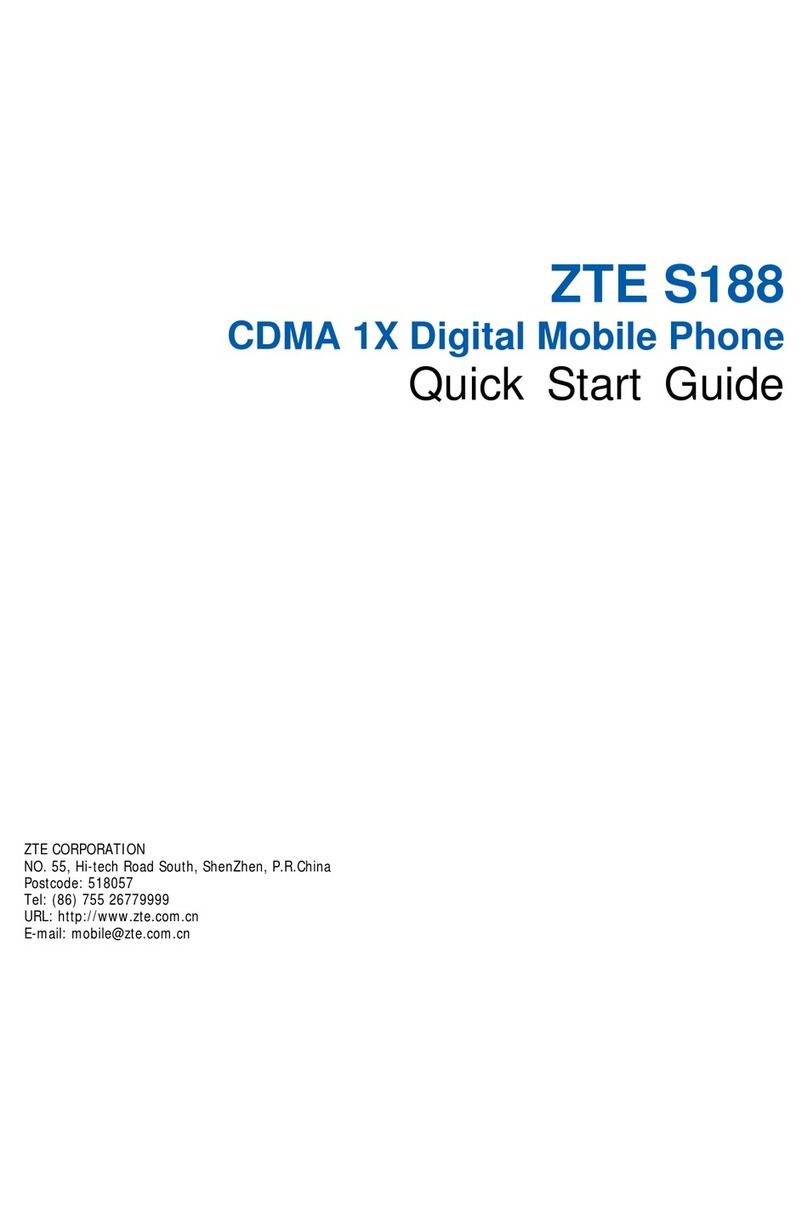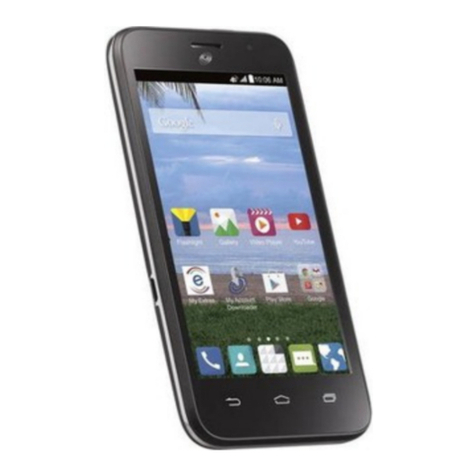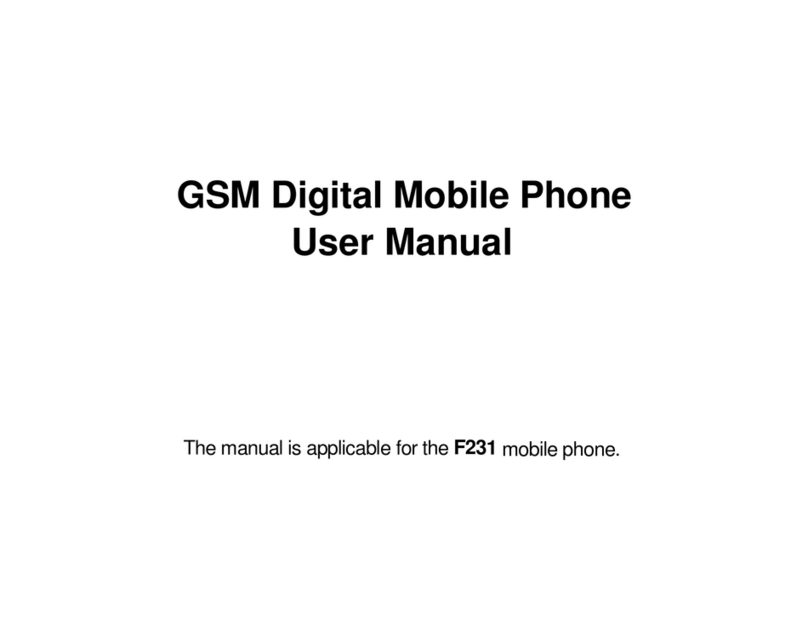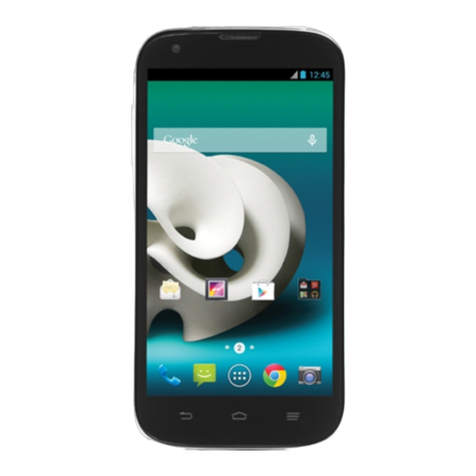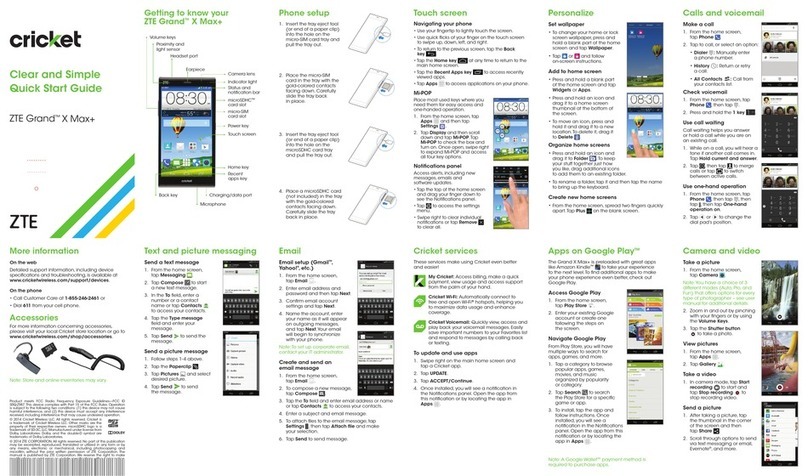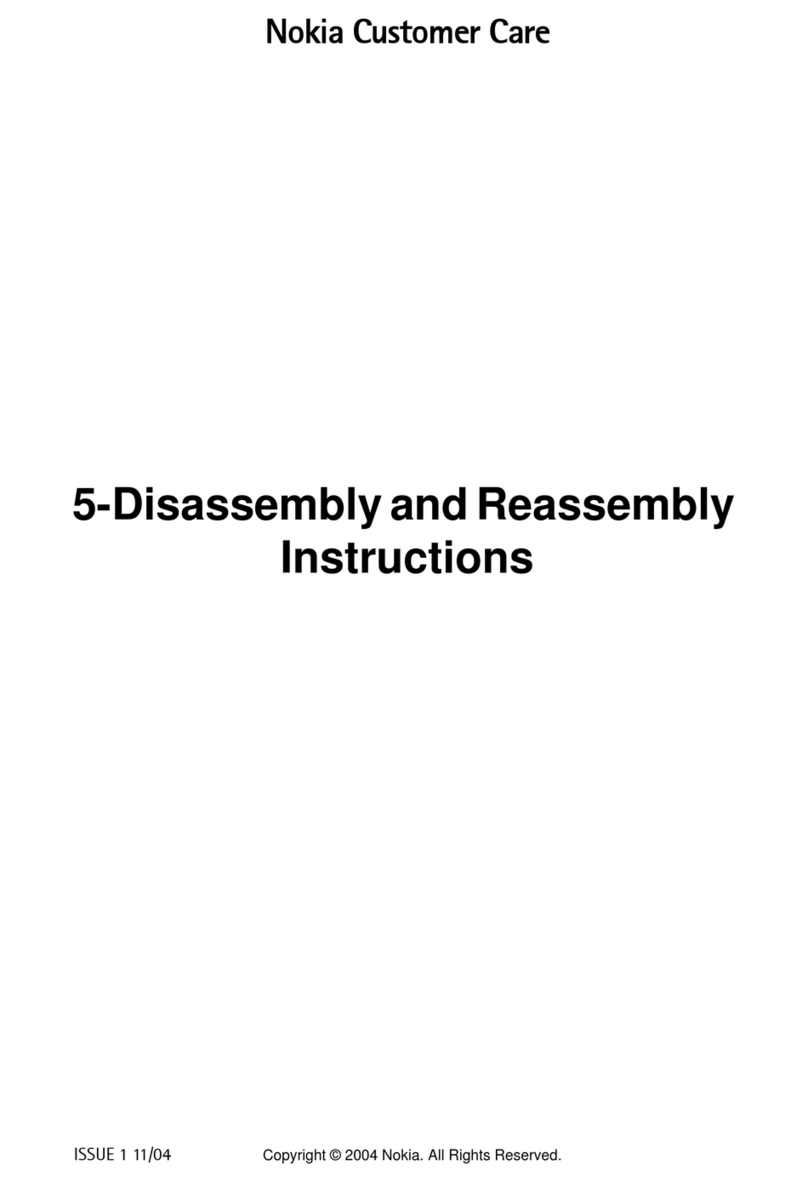
4
Entering Text.................................................................. 25
Input Modes.............................................................. 25
Word Predictive Text Mode ...................................... 26
Alphabetic Modes..................................................... 26
Numeric Mode.......................................................... 26
Symbols.................................................................... 27
Basic Operations ........................................................... 27
Menu Navigation ...................................................... 27
Shortcuts in Standby Mode ...................................... 28
Keypad Lock............................................................. 28
Using the Phone .....................................................29
Making a Call................................................................. 29
Making a Voice Call.................................................. 29
International Call ...................................................... 29
Calling an Extension................................................. 29
Making a Call from Contacts .................................... 29
Making a Call from Call Log ..................................... 30
Making a Call from Messages.................................. 30
Making a Speed Dial Call......................................... 30
Answering a Call ........................................................... 31
In-call Options ............................................................... 31
Call History .................................................................... 32
Using (U)SIM Card Services (STK)............................... 32
